Uses of Platelet Rich Plasma (PRP) after Hair Transplant

Platelet-rich plasma (PRP) has been
used by physicians from a long time for ailments such as soft tissue injuries
and to speed the healing process especially in scars. In recent times, it has
become a very popular treatment in dermatology and has been used for skin
rejuvenation, hyper-pigmentation, acne, wrinkles, stretch marks and hair loss.
It has also become a complimentary treatment to hair transplant in India due to its beneficial effects.

What is PRP ?
PRP is prepared by taking a blood sample from the patient, then centrifugation is done to separate the red blood cells and the plasma.
How does it work?
To the above extract collected form the blood sample of a patient we add activators such as calcium chloride to activate the platelets to release multiple growth factors. These growth factors work on the skin and on the hair follicles to encourage cell survival, blood supply and growth.
l PRP
for hair loss
It has also shown a positive effect
in the treatment for hair loss conditions such as alopecia areata and
androgenetic alopecia.
Platelet Rich Plasma Therapy has
three main steps:
Step One: Retrieve Plasma
The
main aim of this step is to obtain plasma that is found in the blood. This is obtained by retrieving a small amount
of blood from your arm. The amount of blood withdrawn is not very significant.
Step Two: Activation of
Platelets
Platelets
available in the blood are then concentrated. This is done so that they can
later be activated. Activated platelets contain healing properties and growth
factors. Furthermore, growth factors encourage hair growth as they help in the
development of new blood vessels and hence promote the survival of hair
follicles.
Step Three: Injection
The last step of PRP is
to inject these activated platelets into the areas experiencing hair loss.
Advantages of PRP in Hair
Transplant
§ PRP encourages
hair growth in a wide range of hair loss conditions such as alopecia areata and
androgenetic alopecia.
§ It can be
combined with hair transplantation techniques or can be used as a solo
treatment.
§ No oral or
topical medications are required for or along with PRP treatment.
§ It can help
preserve hair grafts during hair transplants.
§ It Encourages
Hair Growth
§ PRP can increase terminal hair density (terminal hairs/cm2). Terminal hairs are fully matured follicles that are thick and pigmented.
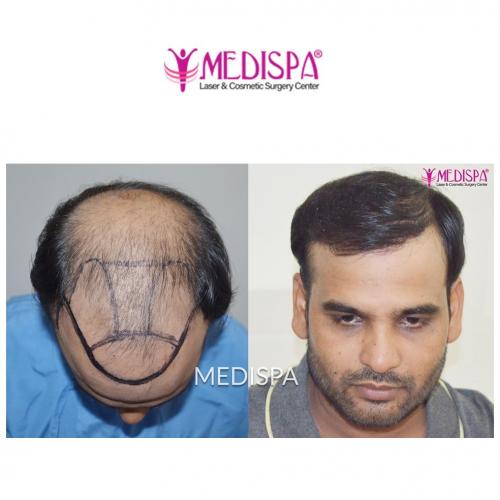
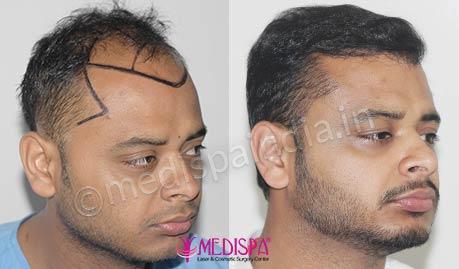
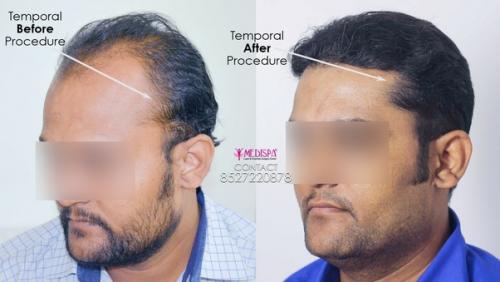

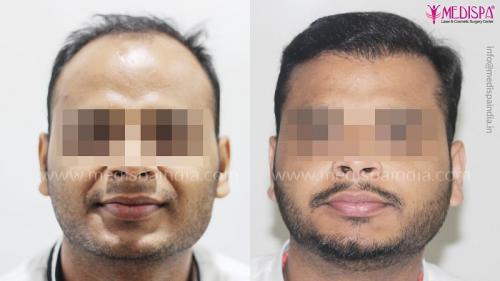
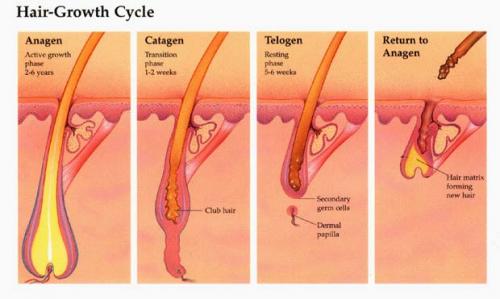
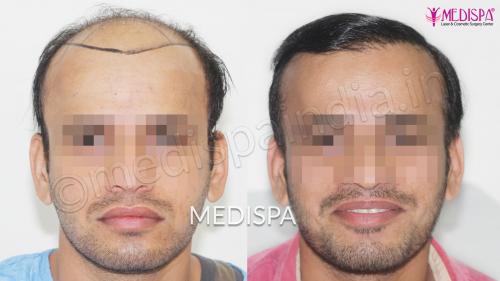
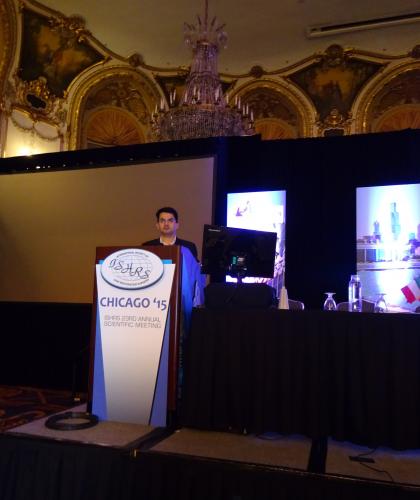

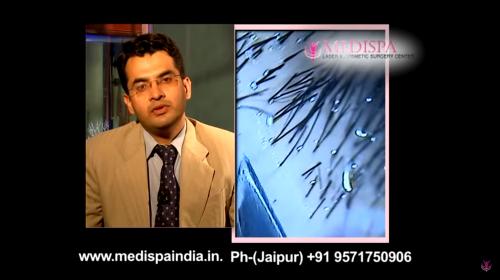
Comments